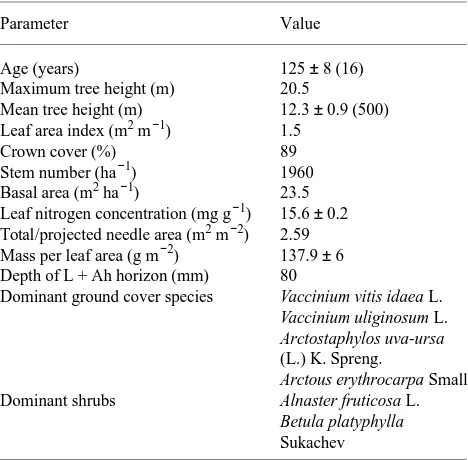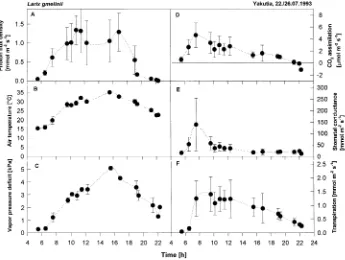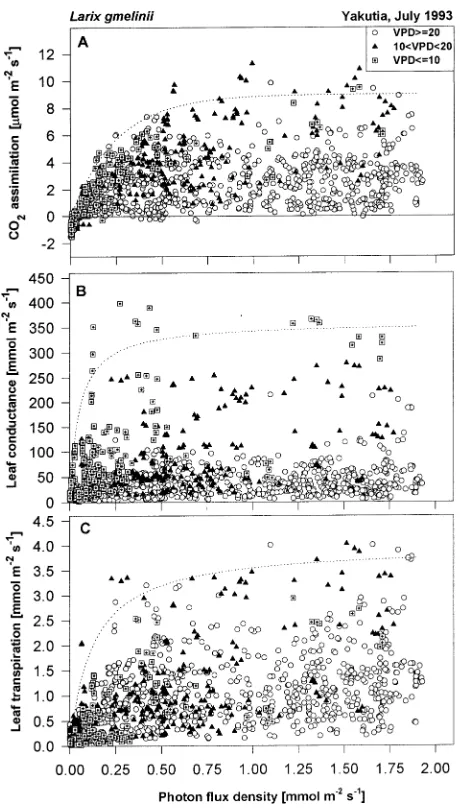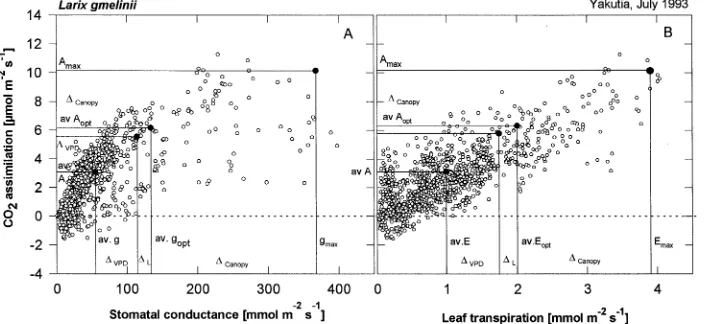Directory UMM :Data Elmu:jurnal:T:Tree Physiology:vol17.1997:
Teks penuh
Gambar




Dokumen terkait
Throughout the growing season, mean hourly ambient ozone concentrations were consistently highest near open-grown saplings and seedlings and lowest near forest understory seed-
Additional simulations were car- ried out with the actual N allocation pattern, N allocated equally to the 14 sites, and to determine constrained (leaf N limited to the range of
The modeled climatic constraints to stomata, defined as the proportional reduction in stomatal conductance from the maximum value, show the degree to which soil drought, temperature
The maximum growth response for Spathiphyllum was recorded in the complete nutrient treatment as measured by leaf number, size of fully expanded leaf, total leaf area and
The ordered mean difference OMD function is a running mean of the difference between returns on a given fund or security and a benchmark such as the market portfolio, ordered by
Bott 1998. Similar to the last example, the distribution of the collision kernel was assumed to be log–normal with deviations twice as large as the mean value. The initial values of
Relative root mean square difference (RMSD/ λ EL) of the daytime BREB and lysimeter latent heat flux comparison correlated with the energy balance Bowen ratio, by days within leaf
the observer’s eye.” However, in a complete turnabout in its 20th edition (7), the book modified the statement, saying “The manometer is placed so as to be at the same level as the

